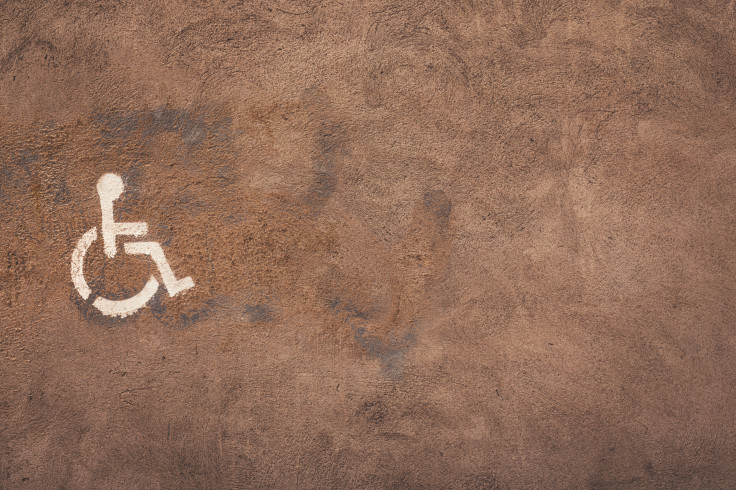
Those who qualify for the Social Security Disability Insurance (SSDI) will receive their checks of up to $3,822 in the next few days. The date and amount of payment recipients will get varies on different factors. Here's what you should know:
Who qualifies for SSDI?
The SSDI is a payroll tax-funded federal insurance program managed by the Social Security Administration designed to provide monthly benefits to people who have a medically determinable disability that restricts their ability to be employed. You may qualify for the program if you:
- Have worked in jobs covered by Social Security.
- Have a medical condition that meets Social Security's definition of disability.
When will I receive my SSDI benefits?
The Social Security Administration schedules three rounds of payments across the month. To receive checks, beneficiaries must have requested their disability benefits and have approval after April 30, 1997.
For May, the Administration sent the first check on May 8 for recipients born between the first and 10th of any given month. The second round is scheduled for this upcoming May 15 for those born between the 11th and 20th of any given month.
The third round is scheduled for May 22 for recipients born between the 21st and 31st of any month.
How much money will I receive for SSDI?
The maximum amount a person can receive from SSDI is $3,822 a month. To receive this figure, recipients must meet four requirements: have worked for a minimum of 35 years, have worked in jobs covered by Social Security, have accumulated the maximum taxable amount or contribution and benefit base, and present late retirement.
The average check an SSDI recipient receives is $1,507 monthly, according to La Opinion.
Can I lose my SSDI benefits?
SSDI benefits can be suspended if the beneficiary no longer meets the requirements presented in the disability definition. In other words, SSDI benefits will likely stay for as long as the disability lasts.
SSDI benefits can also be revoked if the patient's information is false or if they do not have any sort of medical enforcement, if the person has additional income or if the disability can be treated with rehabilitation.
For more information, visit the SSDI website here.
© 2024 Latin Times. All rights reserved. Do not reproduce without permission.





